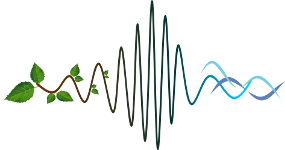For many animal species, especially frogs, acoustic communication is essential for species recognition, mate choice or territorial behavior. The signal (the male advertisement call) is composed of different components that may have different functions for the receiver (a female or a competitor). However, still our knowledge of anuran call variation, call repertoire, and especially of the actual call effort and their influencing factors is rare. Although there are many recent studies on anuran communication, only a few take into account the complete call effort of single species, i.e. the “call management”. However, this is essential for our understanding of evolution and (sexual and natural) selection, as well as the influences of climate change on reproduction and survival.
Recent developments in automated bioacoustic monitoring and acoustic pattern recognition enable us today to comprehensively record and analyze acoustic events. Aim of this project is to study the call management of white-lipped frogs (genus Leptodactylus) using these modern methods. Preliminary results (an analysis of more than 25.000 calls out of three nights) show that the call effort varies significantly during consecutive nights with a maximum of 11.500 calls per night. Some of the studied call parameters vary during one night as well as between nights, whereas other remained static and may function as “individual signature”. Some parameters assumingly important for the metabolism rate and energy reservoir of the frog (such as call intensity) show distinct nocturnal variation. The rather simplified traditional definition of “call effort” as the product of call rate and call duration [call seconds/h] has to be viewed critically.

 PDF version
PDF version
